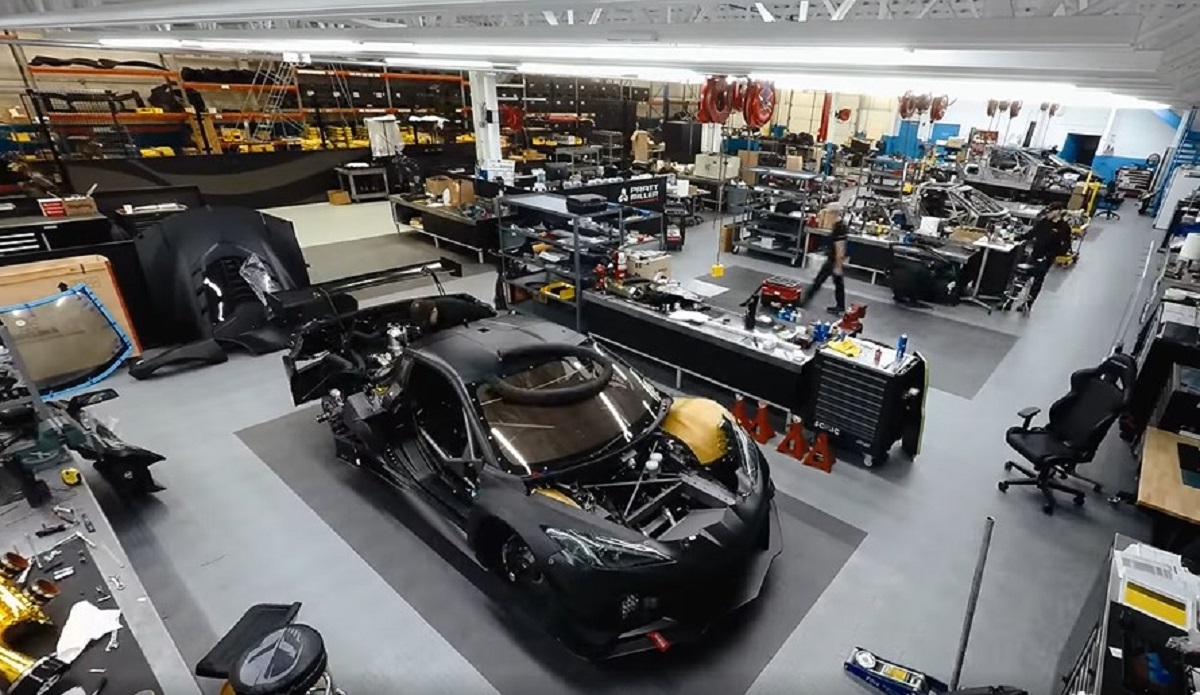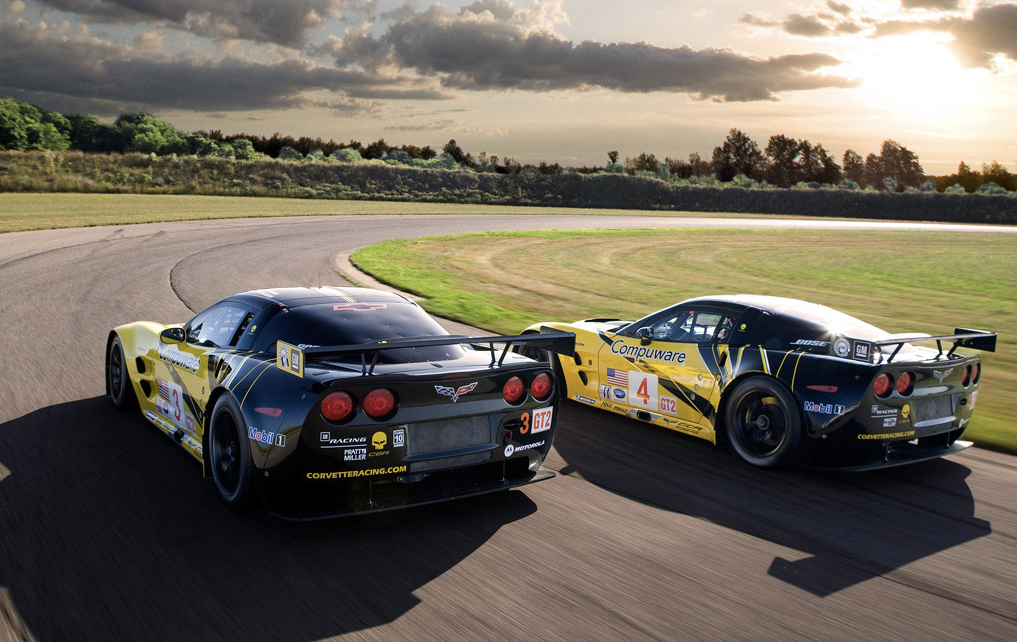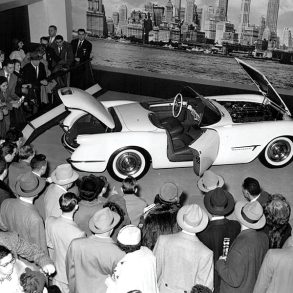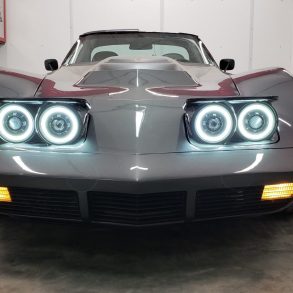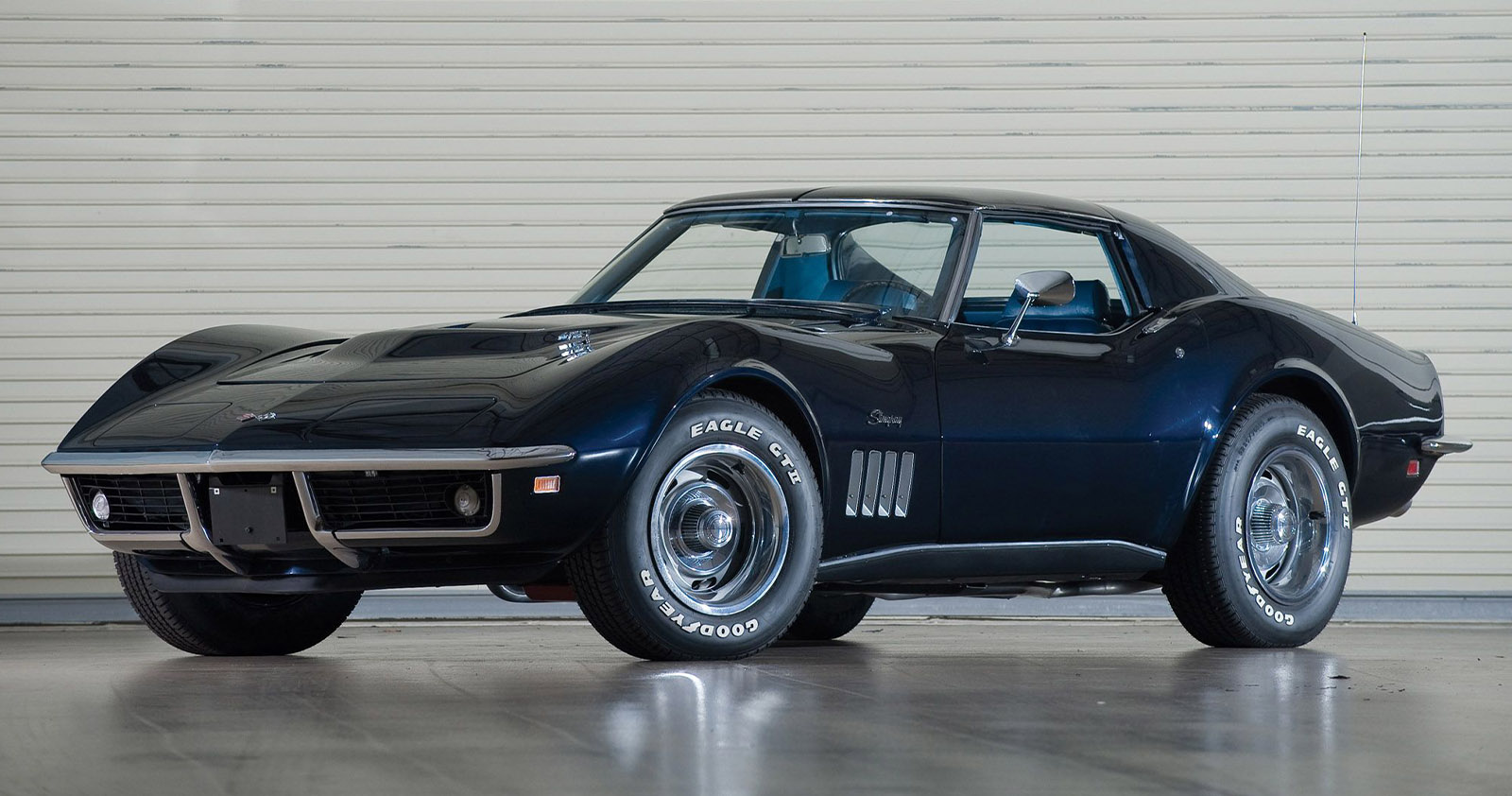CorvSport is your go-to source for all things Corvette, including the riveting IMSA and FIA racing series and the dominating Corvette Racing teams that have participated over the years. In our Best of CorvSport series, we highlight the most authoritative pieces from our extensive digital catalog, which features over 5,300 articles. Since we were founded over 15 years ago, the CORVETTE OBSESSED crew at CorvSport has been dedicated to bringing you, our dedicated readers, the most comprehensive Corvette coverage. Today’s feature, along with the majority of CorvSport’s digital content, is FREE and not behind a paywall. When any pop-ups appear, please click to dismiss them and continue enjoying the article.
We designed this series for enthusiasts with busy lifestyles, in an easy-to-read format with options to dig deeper if your schedule allows. From the C5-R, the first factory-built race car developed with Pratt Miller that debuted at the 1999 24 Hours of Daytona, to the dominating Z06 GT3.R, the race cars that form the Corvette Racing legacy came to the track ready to play. The new Z06 GT3.R has been so formidable that yet another independent team, 13 Motorsports, will be adding the machine for IMSA’s 2026 season. And let’s not forget about Racing Team Turkey, who will be running two Z06 GT3.R race cars in the upcoming 2025-26 Asian Le Mans Series.
What’s Inside This Edition of The Best of CorvSport
- Recent Corvette Racing Coverage From CorvSport
- 1999 – 2004 Corvette C5-R
- The Racing Victories Of The C5.R At Le Mans: A Retrospective
- NCM C5-R Exhibit: When Dale Earnhardt Sr. & Junior Teamed Up With Corvette Racing
- 2009 – 2013 Corvette C6.R GT2
- 2014 – 2019 Corvette Stingray C7.R
- CHEVROLET DEBUTS MID-ENGINE C8.R FOR NEXT RACING SEASON
- The Future of Corvette Racing Is Strong With the Z06 GT3.R
- The Corvette Racing Teams & Legacy
Enjoy an ad-free experience, get exclusive content, and support CorvSport for only $2.92/month!
1) Recent Corvette Racing Coverage From CorvSport
- Bonus Pre-Event Corvette Racing Coverage: High Hopes For IMSA’s Season Finale
- Corvette Racing Coverage From CorvSport: TF Sport Tears Up FIA Competition In Japan
- Corvette Racing Coverage From CorvSport: Mixed Results at IMSA’s Battle on the Bricks
- CorvSport’s Corvette Racing IMSA Coverage: Victory At VIR For Pratt Miller Motorsports!
- Full Corvette Racing IMSA Coverage From CorvSport: Z06 GT3.Rs Battle At Road America
2) 1999 – 2004 Corvette C5-R
ALMS GTS/GT1 Class
Author: CorvSport
Corvette C5-R Model Guide
The Corvette C5-R was part of a plan by General Motors and their Chevrolet brand to create a factory team to participate in grand touring races not only in North America, but also elsewhere in the world, most notably at the 24 Hours of Le Mans. GM had previously been against approving factory support for Corvette racing programs, although the IMSA GT Championship’s Corvette GTPs had seen some support until they ended competition in 1989. With the fifth generation Corvette however, GM chose to show the performance capabilities of the new car by using a more production-based racing car instead of the “in-name-only” Corvette GTP. Their intentions were to take on Dodge and Porsche, who were already running in the category at the time.
General Motors chose the Pratt & Miller group of Michigan to build and develop the new racing cars, as well as to organize the racing team in preparation for a debut in 1999. Riley & Scott also assisted in the project, running a second team for a year. Since regulations in place at the time limited the team to using elements of production Corvettes, Pratt & Miller and GM used heavily modified road car mules to test out the engine and other equipment that the racing cars were to use.
Later, the actual race chassis were built, sharing only basic key structural elements with the road cars. A firewall was placed immediately behind the driver’s seat in the cockpit, eliminating any rear visibility inside the car. A large diffuser and wing were added to the rear, while a splitter and vents on the hood were added to the front. The front headlights were also replaced with protruding permanent units in place of the pop-up headlights on the road car.
The C5-R initially used a 366 ci (6.0 liter) V8 engine based on the road car’s LS1. This was replaced with a larger 427 ci (7.0 liter) engine several months later during the 1999 season, and became the standard engine for the C5-R for the rest of its career. Katech Engine Development constructed the C5-Rs engines, although they retained elements of the production LS1 units… Continue Reading or Save For Later
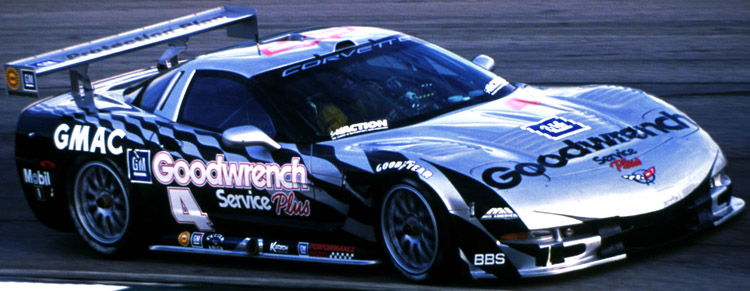
3) The Racing Victories Of The C5.R At Le Mans: A Retrospective
CorvSport Author: Simon Bertram
1997 was a great year for car enthusiasts. The Porsche 911 GT1 Straßenversion, a literal race car for the road, became the toys for 20 very wealthy collectors. The last version of the Lotus Esprit, the GT3, was released, as was the first generation of the now legendary Lotus Elise. But most importantly of all, out of Bowling Green, Kentucky, a new generation of Corvette arrived.
The Corvette C5 was a radical reboot of the entire Corvette brand, after a fairly stagnant fourth generation. It had nods here and there to both the C2 and C3 generations, but the most important factor in the C5’s success was that instead of upgrading and iterating on the previous car’s chassis, it was a car that was brand new from the ground up.
A new chassis, using the most modern of materials and designed to withstand immense power. A new LS1 V8 engine way down low in the front. All new transaxle to keep the weight low and central. It was as if they were designing the C5 not as a road car, but as a race car. Many suspected that something was up, that there was a hidden ace in the hole somewhere.
That ace was played in 1999 with the arrival of the Corvette C5.R and the associated Corvette Racing Team, the first works outfit to race a factory car in almost 30 years. While not built on the same chassis as the C5, the C5.R used the same layout, except lengthened and widened, with a monstrous 7.0L LS1.R V8 up front roaring out 610 HP. Developed and built by GM partners Pratt & Miller, the C5.R would make its debut at the 1999 24 Hours of Daytona, where quite a few quirks that only real racing can reveal were discovered, and the highest placed C5.R was 18th overall.
It took a while for all the quirks and bugs to get worked out of the car, but after nearly 24 months of hard work, it was time to line the C5.R’s up at the fabled Circuit de la Sarthe for the 2001 24 Hours of Le Mans.
2001: A Hard Fought Race
There were a lot of expectations placed on Corvette Racing going into the 2001 24 Hours of Le Mans, the 69th running of the great race. It was the first race that the revamped C5.R competed in, with all of the small quirks ironed out and the car performing very well in independent testing. It was high time for the race program to start posting top ten, or even podium position results, as the investment into the Corvette Racing program was not insignificant, and both GM and private investors, and sponsors for the team wanted to see their names in the top three… Continue Reading or Save For Later
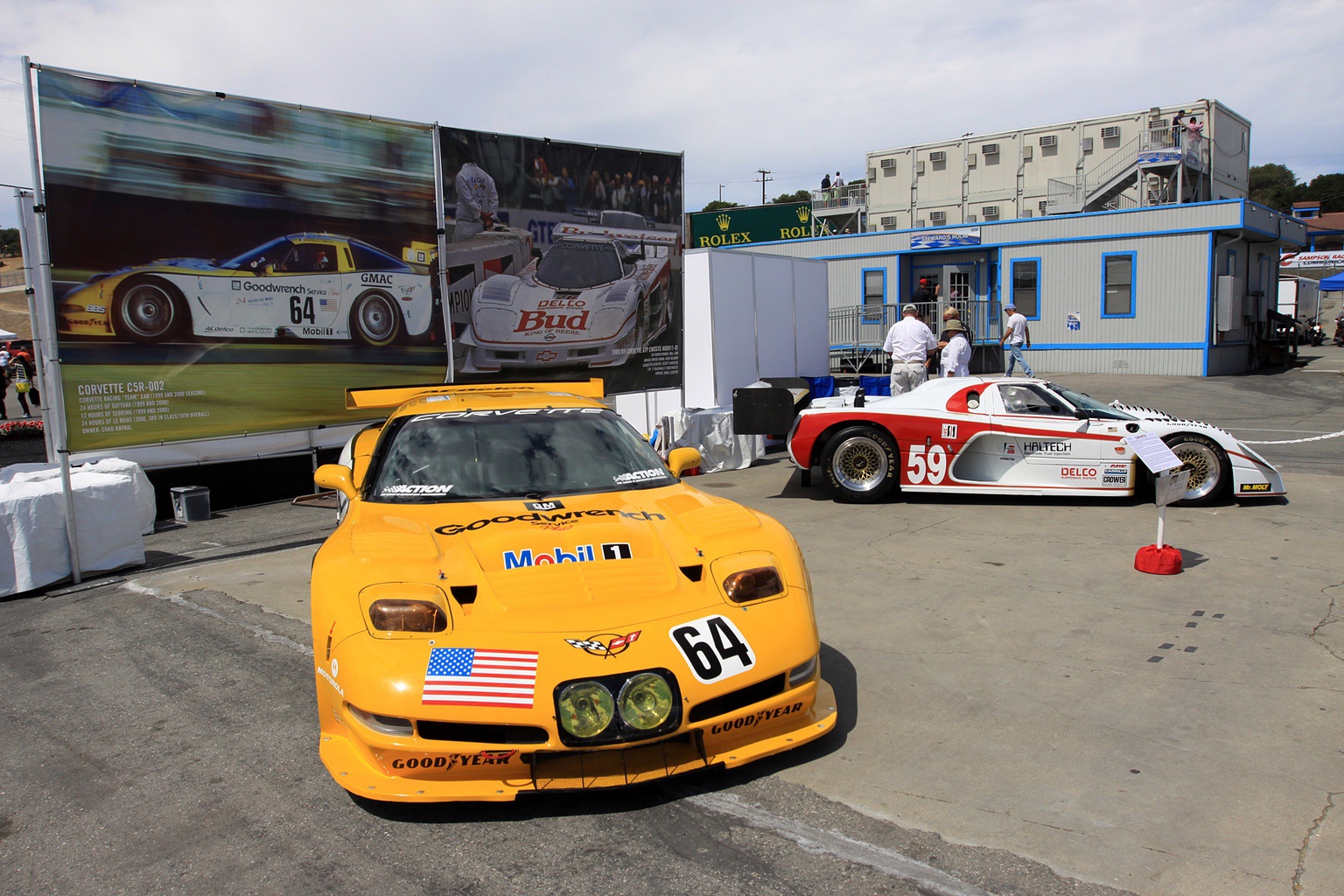
4) NCM C5-R Exhibit: When Dale Earnhardt Sr. & Junior Teamed Up With Corvette Racing
“Speed Captured” from the NCM reveals the facets of how Earnhardt & Jr. teamed up with Andy Pilgrim to race the C5-R at the 24 Hours of Daytona, including personal letters from Sr. to Andy
CorvSport Author: Douglas Barton
I’m a bit embarrassed to write that I had almost forgotten about the time when the stars aligned for these legendary drivers to jump in a C5-R Corvette race car and become a part of racing history–and how perfect was it that the dominant record-setting C5-R was assigned the No. 3? I know that just the mention of Dale Sr. and the No. 3 elicits both fond and painful memories for racing fans and enthusiasts alike, as tragedy hit Earnhardt Sr. at NASCAR’s Daytona 500 just 13 days after racing the C5-R to 4th overall at the 2001 24 Hours of Daytona. [Author’s Note: This article is FREE and not behind a paywall. If/when any pop-ups occur, please click to make them disappear and continue enjoying the article. One may require two steps–first, the arrow on the left, then the x on the top right.]
As I started to dig through CorvSport’s vast catalog of Corvette content, I was soon reminded that this remarkable collaboration dated back well beyond our 2010 founding, and what turned out to be a once-in-a-lifetime event almost predated even the earliest Corvette Forum, which launched in 1999. Now, nearly a quarter-century later, the National Corvette Museum has launched a creative new exhibit covering this epic collaboration, with the highlight being personal letters that Dale Sr. wrote to Andy Pilgrim… Continue Reading or Save For Later
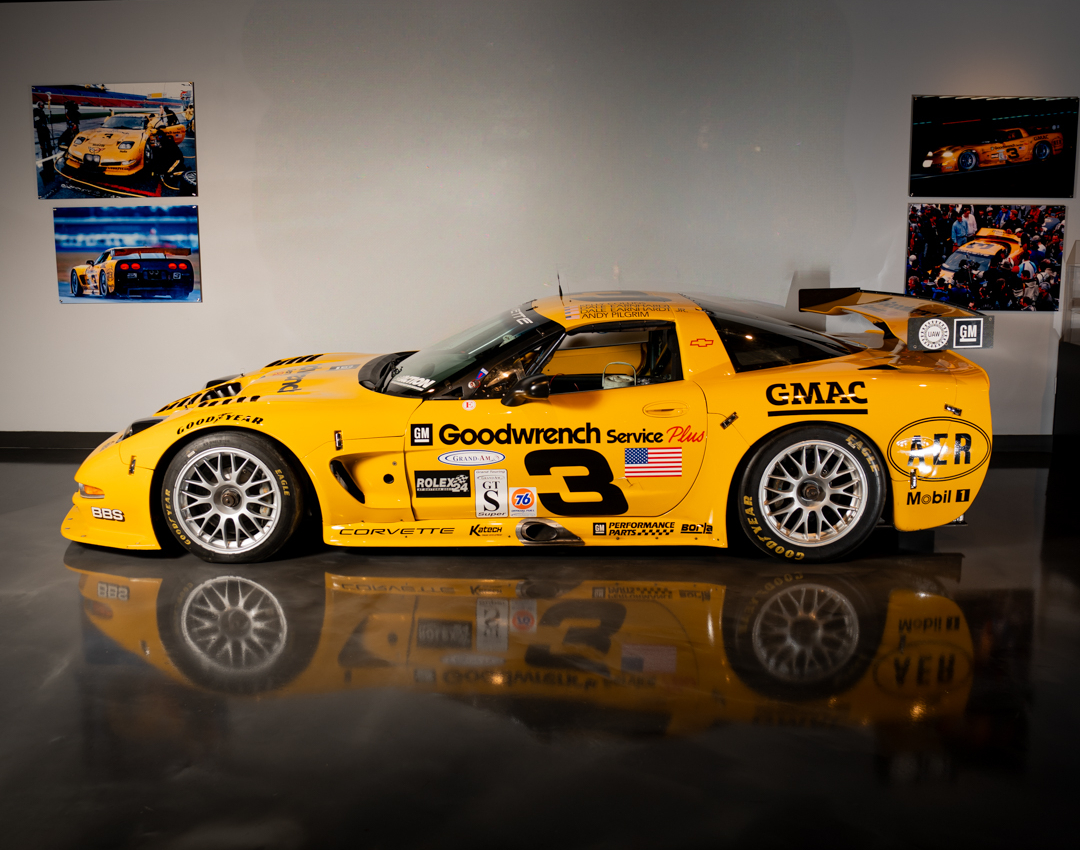
5) 2009 – 2013 Corvette C6.R GT2
ALMS GT2 / GT / GTE Class 2009-2013
Author: CorvSport
The Corvette C6.R was introduced to the world in 2005, as both the motorsports testbed of the forthcoming C6 Z06 and C6 ZR1, and as an out and out GT race car. It had two major specs for the two major events it always entered: GT1 (or, as it was renamed, GTE) at Le Mans, and GT2 (or as it was renamed, GTE-Daytona) for the Daytona 24 Hours and IMSA Series races.
The C6.R ZR1 GT2, if you were to use its full name, was the model used in the last four years before the Corvette C7.R was introduced, and had a slick sequential manual operated by paddles that was combined with the rear differential to create a rear transaxle. This style of transaxle eventually made it into the road-going Corvette, especially the Grand Sport and ZR1 of the C7 generation.
In terms of engine power, three different engines were used throughout the C6.R lifetime. The GT1 spec for Le Mans used a 7.0 liter LS7.R engine, producing a chunky 590 HP. This GTE and GT2 specs were introduced by a 6.0 liter LT5.R for 2009, and a 5.5 liter LT5.R from 2010 to 2013. The GT2 spec engine produced about 470 HP, depending on altitude and temperatures at race time. As well, neither the LS7.R or LT5.R engines had superchargers, as they were too large in displacement to warrant forced induction in either racing spec.
The Chevrolet Corvette C6.R GT (also known as the Corvette C6.R ZR1) was the race-going equivalent of the Chevrolet Corvette C6 ZR1. The C6.R GT was constructed by Pratt & Miller and ran by Corvette Racing to compete in the GT2 class (later renamed GT in ALMS and GTE Pro at Le Mans) of the American Le Mans Series and the 24 Hours of Le Mans. The GT2 version of the C6.R was built in 2009 and made its debut half way through the ALMS season. With the global financial crisis affecting the automotive industry hard, the GT2 class was a cheaper and more competitive option for Corvette Racing, especially seeming the competition in the GT1 class had diminished. The GT2 C6.R showed good pace on its debut however the rules would restrain it from being as dominate as its GT1 counterpart… Continue Reading or Save For Later
6) 2014 – 2019 Corvette Stingray C7.R
C7.R – The Anatomy of a Race Car. Before the Flag Drops…
CorvSport Author: Scott Kolecki
There are few experiences in this world that rival being trackside at the starting grid of an IMSA-sanctioned race event and hearing the deafening sound of dozens of race car engines roaring to life after the grand marshal commands “Drivers, START YOUR ENGINES!” For anyone that has ever experienced it, they’ll tell you there’s no way to define it. For anyone that hasn’t, there is no other experience like it. The thunderous noise of the engines, the body-piercing vibration of the unrestricted exhaust, and the ground-trembling rumble of dozens of race cars pulling out of the pits as they begin their pace laps before the green flag drops is an experience in raw power that is virtually unmatched anywhere else but at a race track.
To fully understand and appreciate that experience, it is also important to understand and appreciate the countless resources utilized in the engineering, manufacturing and testing of such a powerful machine. The cars that run wide-open at any race event, from local dirt tracks to the international super-speedways, are the product of years of hard work and research. These machines are the culmination of thousands of man-hours – both on and off the racetrack – to produce a machine that can run wide-open for more than 24 hours at speeds reaching 200 miles-per-hour.
Of course, at the core of almost any race car is the heart-and-soul of the production vehicle from which it was inspired. While some might argue that many race cars have been developed purely for the purpose of being driven on the race track, automotive history has proved time and again that this is not generally the case. While man has always dreamed of speed, and of pushing the envelope of what is possible on the open road, most of the greatest race cars on the track today – manufactured by the likes of Ferrari, Porsche, Aston Martin and Chevrolet – evolved thru the generations of production vehicles that preceded them.
While the history of any of these brands are each an incredible story unto themselves, today we look at one of the greatest production-car inspired race cars gracing the race track – the Corvette C7.R – with the hope of providing greater insight into what makes this car a winner on raceday, and to show how the anatomy of this race car evolved from its production car counterpart.
Pratt & Miller
The Corvette C7.R was conceived, designed and constructed by Pratt & Miller Engineering based on the C7 Corvette Stingray developed by Chevrolet.
Based in New Hudson, Michigan, with an additional engineering division located in North Carolina, Pratt & Miller partnered with Chevrolet to develop the Corvette Racing program in 1999. The company, which was founded a decade earlier by Gary Pratt and Jim Miller in 1989, had already developed an incredible reputation for building high-performance cars for both the race track and all-terrain racing. Working together with Chevrolet, Pratt & Miller have developed purpose-built Corvette race cars since 1999, and have become recognized for building some of the winning-est race-edition Corvettes in recent history… Continue Reading or Save For Later
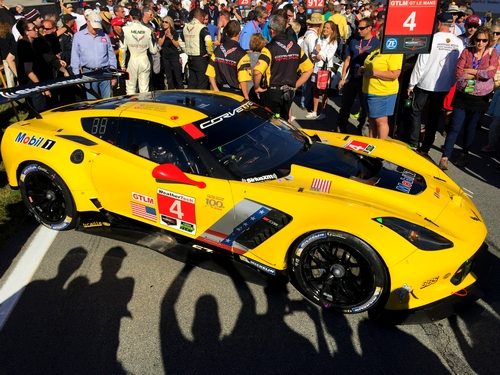
7) CHEVROLET DEBUTS MID-ENGINE C8.R FOR NEXT RACING SEASON
The Corvette C8.R race car shows off its new colors and clean sheet design built on enhanced technology transfer
CorvSport Author: Scott Kolecki
BRASELTON, Ga. – Chevrolet is about to begin a new chapter in its storied racing legacy with the introduction of the new mid-engine Corvette race car. Known as the C8.R, this newest Corvette will be Chevrolet’s first mid-engine race car to compete in IMSA’s GTLM class and the first clean sheet race car design since the C5.R debuted in 1999. It will make its official racing debut at the Rolex 24 at Daytona on Jan. 25, 2020.
The C8.R is based on the impressive engineering foundation established with the creation of the 2020 Corvette Stingray. There is a deeper level of technology transfer between the race car and production Corvette than ever before, which helps contribute to many of its advancements. As a result, the C8.R shares a larger percentage of parts between the production and race car than any previous generation.
“It was important for us to develop the new race car alongside the production car, so that each product could properly take advantage of the new architecture,”said Ed Piatek, Corvette chief engineer. “The benefits of this mid-engine supercar, including its incredible balance and connected-to-the-road feel, will be obvious on the street and the track.”… Continue Reading or Save For Later
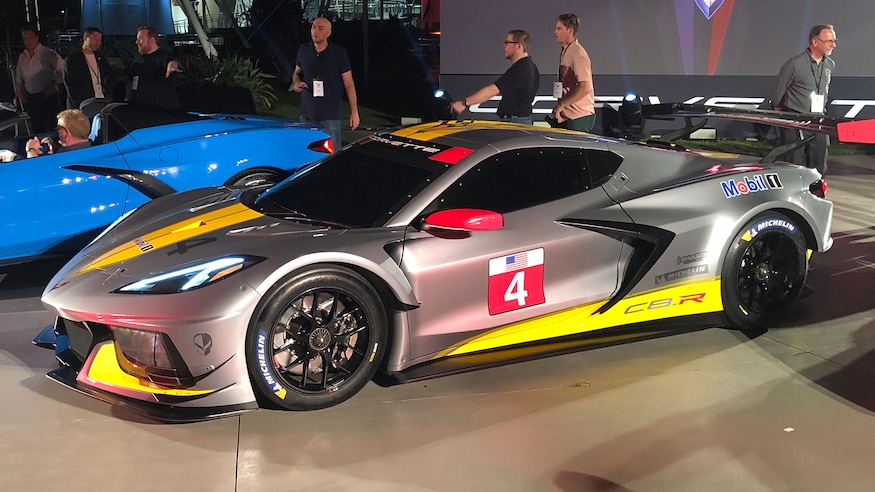
8) The Future of Corvette Racing Is Strong With the Z06 GT3.R
A NEW ERA OF CORVETTE RACING WILL BEGIN IN 2024
CorvSport Author: Scott Kolecki
It came as a bit of a shock to Corvette enthusiasts everywhere when GM announced that Chevrolet was discontinuing its involvement with the Corvette Racing program. For the past twenty five years, Corvette Racing, under the combined leadership of Chevrolet and Pratt Miller Motorsports, has been a dominant contender on the world racing stage, garnering wins and earning championships in both IMSA and WEC. So when it was announced that Chevrolet was stepping back from the Corvette Racing program, it left many of us wondering if we were witnessing the end of a truly remarkable era in the history of Corvette.
We needn’t have worried.
Although the factory-backed Corvette Racing team will end its run at the completion of the 2023 race season, Pratt Miller Motorsports has announced that they will continue to field Corvettes in both IMSA and FIA WEC with the formation of a new racing program – Corvette Racing by Pratt Miller Motorsports. The new team will field a pair of new-for-2024, GT3-spec Corvettes in the GTD PRO category of the IMSA WeatherTech SportsCar Championship. Although there are still a number of details to be disclosed, including the names of the future drivers for the pair of new GT3 Corvette race cars, this news has left many uneasy enthusiasts feeling a lot better about the future of Corvette – both as a race car and as a production vehicle.
Although Chevrolet is no longer backing a race team, their involvement with Pratt Miller Motorsports (PMM) will continue well beyond the completion of the 2023 race season. Confused? So were we at first. Let me explain.
Chevrolet Motorsports Competition Engineering and Pratt Miller Engineering began development of the Z06 GT3.R more than two years ago. The combined talents of both engineering powerhouses worked together to develop the car from scratch. The partnership made sense as both companies already had extensive knowledge of the Corvette Racing program thru their combined involvement for the past twenty five years. Additionally, their proximity to one another (Pratt Miller is located in New Hudson, Michigan, and GM’s Propulsion Performance and Racing Center is located in Pontiac, Michigan) made the partnership and obvious choice. Pratt Miller dedicated their efforts to chassis development and overall engineering of the Z06 GT3.R while GM Propulsion Performance invested its time in the development and refinement of the 5.5-liter, flat-plane crankshaft DOHC LT6 V-8 engine.
“Chevrolet and Pratt Miller have collaborated for more than 25 years on the Corvette Racing program, and we are thrilled that we are able to continue together into the GT3 era,” said Christie Bagne, program manager, Corvette Z06 GT3.R… Continue Reading or Save For Later
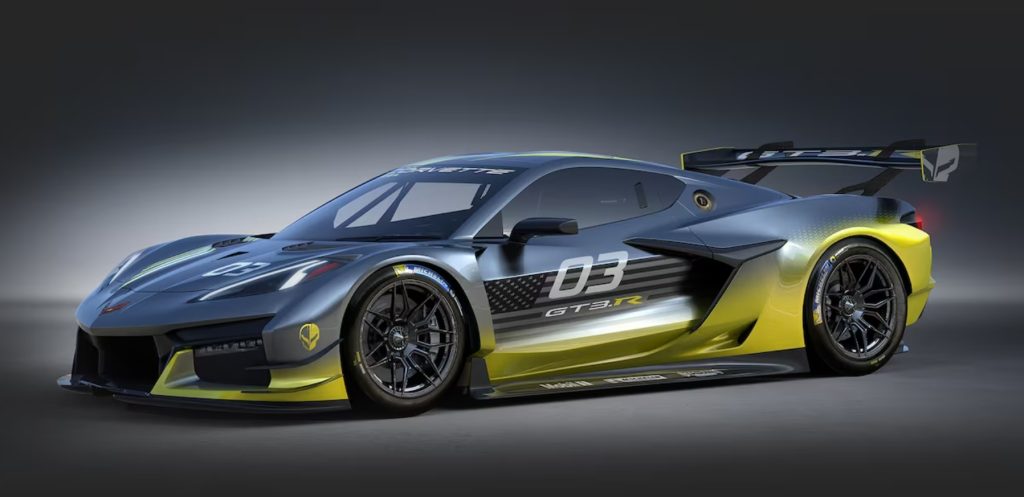
9) The Corvette Racing Teams & Legacy
- The History Of The Corvette Race Team
- 10 Corvette Racing Highlights
- Corvette Racing by Pratt Miller Motorsports
- 10 Awesome Corvette Racing Records
- The Origin of Corvette Racing’s “Jake”
The authors and contributors at CorvSport get the privilege to write about Corvettes nearly every day–thanks for being with us today on this Corvette journey. Now, it’s time to join the CorvSport movement!
- Engage with CorvSport’s 168,000 Facebook followers and be the first to see our daily content.
- Experience how obsessed we are and view our top 25 monthly features by visiting our digital magazine, CORVETTE OBSESSED.
- Visit CorvSport.com to check out our vast database of over 5,300 features–exclusive market analysis, how-to guides, profiles, model history, racing coverage, and other unique/fresh content.
- Enjoy an ad-free experience, get exclusive content, and support CorvSport for only $2.92/month!
- This is Douglas B. signing off–click here if you would like to view more of my features.


